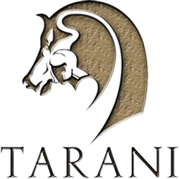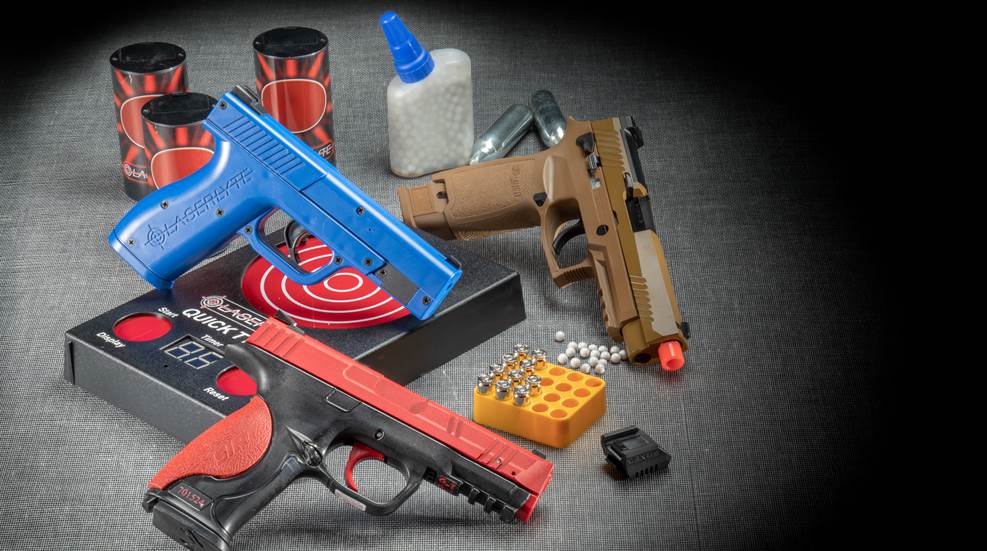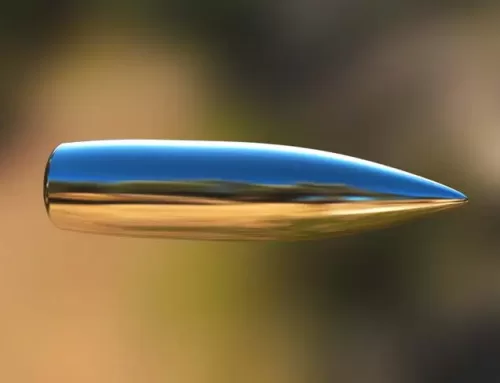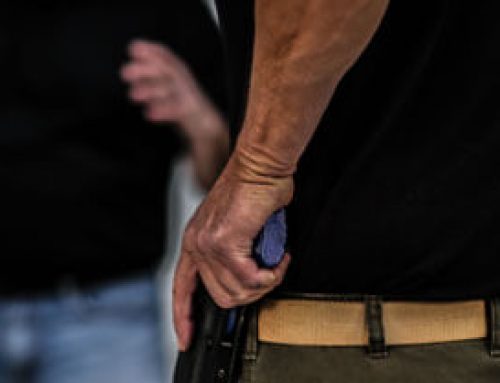Hard skills are perishable – if you don’t use them you lose them. This especially holds true for gun handling and marksmanship. Given today’s restrictive ammo shortages, how can you best utilize your time and limited resources to maintain and even further develop your shooting skills?
The short answer is to train smart by optimizing your firearms training.
One option is to dry fire. Using your own unloaded firearm and/ or training support tools such as the SIRT pistol, AirSoft, Cool Fire, laser barrels and the like can be useful in building specific body mechanics. Another option is to modify your live-fire training regimen by reducing your round count. A third option is to combine both dry fire and low-round-count live fire to get the most bang for your buck. Adopting a hybrid dry-fire low-round-count approach affords you optimal skills sustainment and development during Ammogeddon.
The hybrid training option begins with a simple three-step process:
Step 1: Decide which specific skills you want to develop.
Step 2: Set your round count limit before you go to the range.
Step 3: Determine your ‘drills of the day’ to best manage your range time and limited round count in meeting your training goals.
Deciding which specific skills you want to develop should be based on your training goals. Are you preparing for an upcoming shooting match, employment qualification, advanced officer training, or is it just another quality training day?
Setting round count limits should be considerate of budget and availability.
Deciding which drills is a matter of personal preference based on what skills you want to develop. To assist with drill selection, there are certain instructional approaches that can help expand your training bandwidth. One such approach is to spend at least a third of your time working on those skills that may be woefully lacking. Most shooters, for example, neglect single hand unsupported shooting in their training.
A second approach is to break down a fundamental skill into its isolated subcomponents and then rebuilding that skill following quality repetitions of those isolated components. An example of this break down may be to work just a trigger press, then isolate drawing from the holster and finally rebuilding the presentation to include drawing from the holster followed by the trigger press.
Low round count training can also be partitioned into three skill sets – gun handling, marksmanship and depth of shooting.
Gun Handling
Non-firing motor skills fall under the category of gun handling. Proper gun handling first means understanding the safety aspects of a given system and applying them. Once these become part of your DNA, you can then move safely on to the fundamentals.
Employing a hybrid training option, single and two hand motor skills can be developed and refined with dryfire. Such staples as loading, reloading, movement from varied ready and starting positions including presentations from the holster may be part of this skillset.
A sample single hand shooting drill might start with support-hand-only in the low ready position with your trigger finger outside the trigger guard pointing the muzzle at the base of the target. When ready, move the gun up toward the target, building stability, take up any trigger slack and press when your sights meet the target. Plenty of eye-hand coordination and timing to work out on this drill. Determine what to look at, when to look at it, the event sequence and timing of movement from start to finish.
Another example dry fire drill might be strong hand only starting from the holster. Clearing your carry position, move toward alignment and build stability followed by preparing for a trigger press. Developing single hand firing skills can be accomplished by working out your appropriate body mechanics, position and timing. All of which can be done without firing a single shot.
Moving on to both hands, isolation of individual skills might include
clearing the holster by defeating any cover garment and/ or retention devices, movement toward muzzle alignment and building stability in preparation for the trigger press, all of which can be executed in dry fire practice. Quality repetitions of these isolated subcomponents help develop your overall shooting body mechanics.
One such specific isolated subcomponent is adequately gripping the gun. Competitive shooter Ron Avery discusses the technical details of how to build a Grip Force Vector (GFV) which helps stabilize the gun on the way out of the holster. The meat and potatoes of this concept is to lock both your wrists, clamshell clamp down on the gun, reduce your arc of wobble to an acceptable margin of error and all of this ultimately established prior to the top of your draw stroke providing the level of stability necessary for optimal fire control.
Another training industry standard dry fire drill is to work your magazine exchanges (speed reloading) from both in and out of battery. Technical details should include where you want your eyes to be throughout the reloading process, mag well position, muzzle orientation, target reacquisition, specific regripping touchpoints and the like. Each can be run standalone or combined for stairstep drills in rebuilding the series.
Marksmanship
“You must first be able to do it, then you can work on doing it fast.”
– Multi-World Champion Competition Shooter Rob Leatham
One especially useful dry fire marksmanship drill is to align your muzzle with a target, without a speed component, but with a watchful eye on exactly what happens to your sights/ dot before, during and after the trigger press. If you notice any movement whatsoever throughout the press from start to finish, then check your work by identifying which direction the sights moved and make appropriate adjustments to eliminate any unnecessary movement.
Moving onto the live fire version, you want to extract as much value as possible from each round. Allow each round to teach you a viable lesson. For example if you are working on developing a good hold, you may want to monitor any extraneous pre-, through- or post-ignition movement, set up speed and margins of acceptable arc of wobble and acceptable alignment error.
A sample ‘good hold’ drill would be to draw from the holster without a speed component, execute each movement only up-to-the-press where you stop just short of releasing the round. Are you appropriately aligned? Do you have an acceptable arc of wobble? Do you have a good enough firing platform from which to deliver one or more rounds?
Another hybrid training method is to run a 5:1 ratio of dry fire to live fire. Using the above ‘good hold’ drill as an example, run the first five repetitions dry and then fire on the sixth repetition. After firing check your work – where did the sights/ dot lift? Was it 6 and 12 or did it jump to the 9 or 3 O’clock position? Did it fall right back to the exact same spot it started? Did your grip pressure change even slightly? All of this information contributes to lessons learned. Continually gain training value asking the questions: “What lesson was learned here? What did I do that caused that successful round placement? What exactly did I do that caused that error?”
You can further expand your training matrix to include a low-round-count training progression such as:
1. Execute the drill to guaranteed hit(s) without a time component.
2. Use a timer to measure how long it takes you to guarantee the hit(s).
3. Set a challenging but attainable par time to help you push the shooting process by allowing your body to learn what is needed to guarantee those same hit(s) at that accelerated pace.
Depth of Shooting
The third skill set of your low-round-count training regimen should culminate in a combination of marksmanship and gun handling applied to a wide array of shooting skills accentuating your ‘depth of shooting.’
Designing shooting drills that combine isolated subcomponents, single-step drills and stairstep progressions affords you at least three low-round-count training benefits:
- Embedded repetition of isolated subcomponents
- Introduction of layered complexity
- Upgraded performance demands (both untimed and timed)
Combining isolated subcomponents, single-step drills and stairstep progressions translates to an exponential performance requirement. For example, you may be able to hit an “A” box from the 25-yard line starting with the muzzle aligned and your finger on the trigger. Next start from the holster, build a ‘good hold’ prior and up to the very top of your draw stroke establishing an acceptable arc of wobble and execute a precise trigger press. Can you guarantee the hit without time? Can you guarantee it in a certain amount of time? Can you push the shooting process to meet a challenging but attainable par time.
Another valid tool to maximize your low-round-count training is to introduce layered complexities to your depth of shooting. Such complexities may include working your split times (multiple hits on the same target), lateral/ horizontal/ diagonal transitions (left to right, right to left, front to back, back to front), varied levels of target difficulty (non-technical to very technical) and manipulations (reloads, clearing malfunctions, etc.). You of course cannot do everything all in one day so break it up into two or three separate training sessions commensurate with your allocated training time and set round count.
An example of introducing layered complexities into your depth of shooting might be something like a “one-reload-one” drill:
Set up two targets, one at the ten-yard line and one at the twenty-yard line. Designate near-to-far or far-to-near. Make a one round gun. On the buzzer and from the holster, hit the first target, speed reload and then hit the second target. Run this without a time component, then measure how long it took to guarantee each hit and to execute the reload (time between rounds). Lastly set a challenging but attainable par time to help push the shooting process past your comfort zone.
To glean maximum training value with the least amount of ammo means incorporating gun handling and marksmanship training to develop your skills and introducing layers of complexity to develop your depth of shooting. Your totality of training cannot be dry fire only as this would omit fire control components such as recoil management and developing efficient split times (same target) and transitions (multiple targets).
Conversely you would be remiss in your low round count training to omit dry fire as there is no substitute for no-cost fundamental skills repetitions.
Competitive shooter Simon “J.J” Racazza and others advise making good use of dead space – that time that the gun is not firing. You can accomplish this using a low-round-count hybrid training approach.
Train smart. Take advantage of both training modalities – dry fire and low round count live fire. Determine which skills you want to develop or sustain. Design a cogent training regimen that incorporates gun handling, marksmanship, and depth of shooting. Increase your lessons-learned-per-round value and introduce challenging but attainable layered complexities.
Training smart affords you an opportunity to best utilize your time and limited resources to maintain and even improve your shooting skills throughout today’s restrictive ammo shortages.






